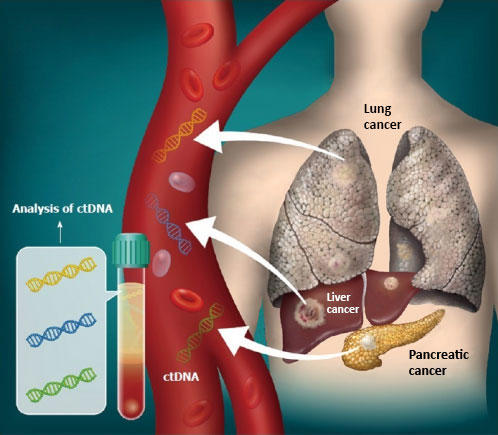A research team from the School of Engineering (SENG) at The Hong Kong University of Science and Technology (HKUST) has introduced comprehensive bio-inspired multiscale design strategies to address key challenges in the commercialization of perovskite solar cells: long-term operational stability. Drawing inspiration from natural systems, these strategies aim to enhance the efficiency, resilience, and adaptability of solar technologies. The approaches focus on leveraging insights from biological structures to create solar cells that can better withstand environmental stressors and prolonged use.
Perovskite solar cells are advantageous due to their low-temperature, solution-based manufacturing process, which has the potential to lower solar energy costs. However, their commercial viability is hindered by several operational issues, including inadequate interfacial adhesion, mechanical fragility, and susceptibility to environmental stressors (e.g., heat, moisture, and UV light). These degradation processes occur across various length scales, from picometers to centimeters, and multiscale structural factors can significantly affect the stability and performance of the final perovskite solar cells.
Rethinking solar cell design through the lens of nature
To tackle the challenges faced by perovskite solar cells, Prof. ZHOU Yuanyuan, Associate Professor in the Department of Chemical and Biological Engineering (CBE) and Associate Director of the Energy Institute at HKUST, along with his research group and collaborators from top institutions in the US and Switzerland, propose leveraging insights from biological systems. They suggest that the hierarchically functional structures found in nature, such as those in leaves, can inspire the development of solar technologies that are efficient, low-cost, resilient, and adaptable to environmental changes.
Multiscale bio-inspired strategy
Their comprehensive strategy spans multiple levels:
- Molecular level: Utilizing bio-inspired molecular interactions for crystallization control and degradation mitigation
- Microscale level: Implementing self-healing and strength-enhancing strategies using dynamic bonds and interfacial reinforcement
- Device level: Adopting functional structures inspired by nature, such as moth eyes, leaf transpiration, and beetle cuticles, to improve light management, heat dissipation, and environmental protection
"Nature provides an abundant reservoir of design solutions to help us build solar materials that can thrive in real-world conditions," said Prof. Zhou. "We've already translated some of these strategies into synthetic energy devices."
Landmark advances: chiral and laminated interfaces
This vision builds on recent breakthroughs in bio-mimicking interfacial design:
- Chiral-structured heterointerface: Prof. Zhou's team created a chiral interface using R-/S-methylbenzylammonium, where the helically packed benzene rings mimic biological springs, significantly enhancing the mechanical durability of perovskite solar cells. This work was published in Science.
- Laminate-inspired interface: Prof. Zhou's team developed a cell-surface-like multi-layer surface microstructure comprising a molecular passivation layer, a fullerene derivative layer, and a 2D perovskite capping layer, which effectively suppresses defects and enhances energy level alignment, resulting in improved efficiency and damp-heat stability. This work was published in Nature Synthesis.
These studies highlight the potential of bio-inspired and hierarchical engineering to address fundamental limitations of perovskite solar cells, including adhesion, fatigue, and interface degradation.
Toward sustainable and scalable solar technologies
The multiscale design framework emphasizes sustainability, prioritizing low-toxicity materials compatible with a circular economy. Prof. Zhou's team proposes that future research will focus on screening bio-inspired molecules for optimal film crystallization and stability, developing self-healing mechanisms activated by operational stress, designing cost-efficient biomicrostructures, and integrating multifunctional encapsulation to enhance the efficiency and lifespan of perovskite solar cells.
Dr. DUAN Tianwei, the first author and Research Assistant Professor at HKUST's CBE Department, stated, "This is not just about new materials; it represents a novel approach to solar technology, inspired by nature itself. By integrating bio-inspired structures, functions, and sustainability, we are excited about the new chapter unfolding in solar energy."
The team's research work, titled "Bio-Inspired Multiscale Design for Perovskite Solar Cells", has been published in the prestigious journal Nature Reviews Clean Technology, in collaboration with Yale University, École Polytechnique Fédérale de Lausanne, and Lawrence Berkeley National Laboratory.






